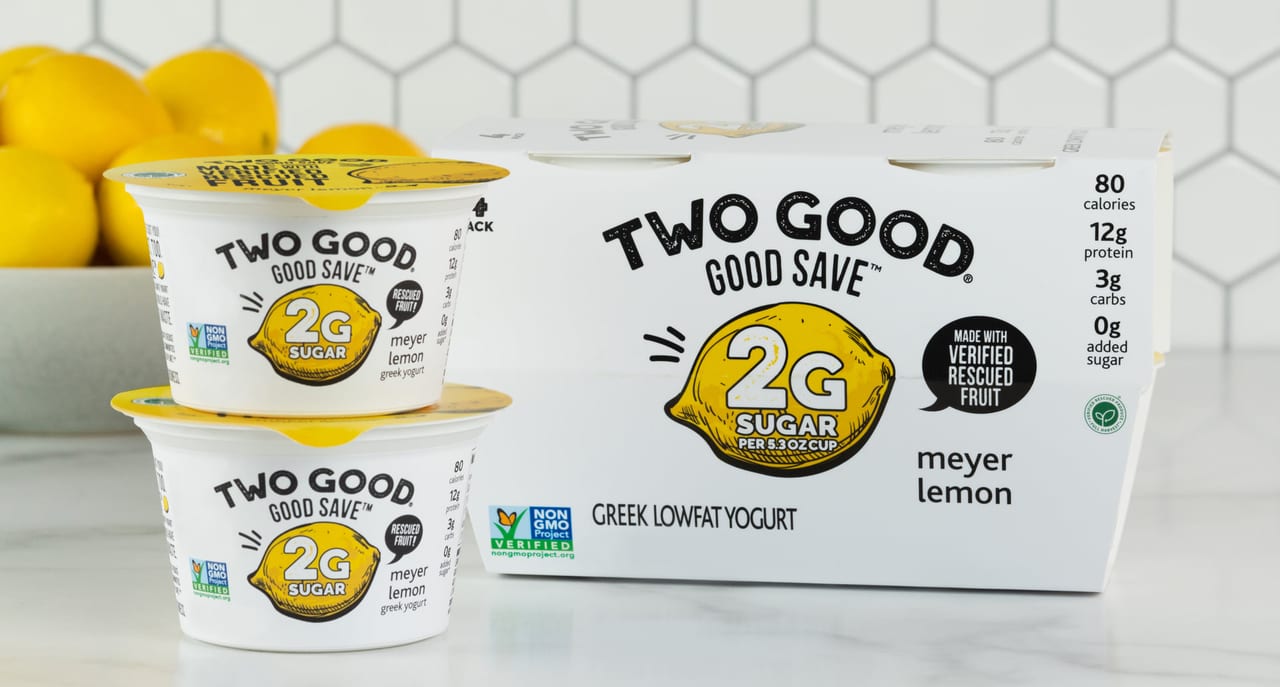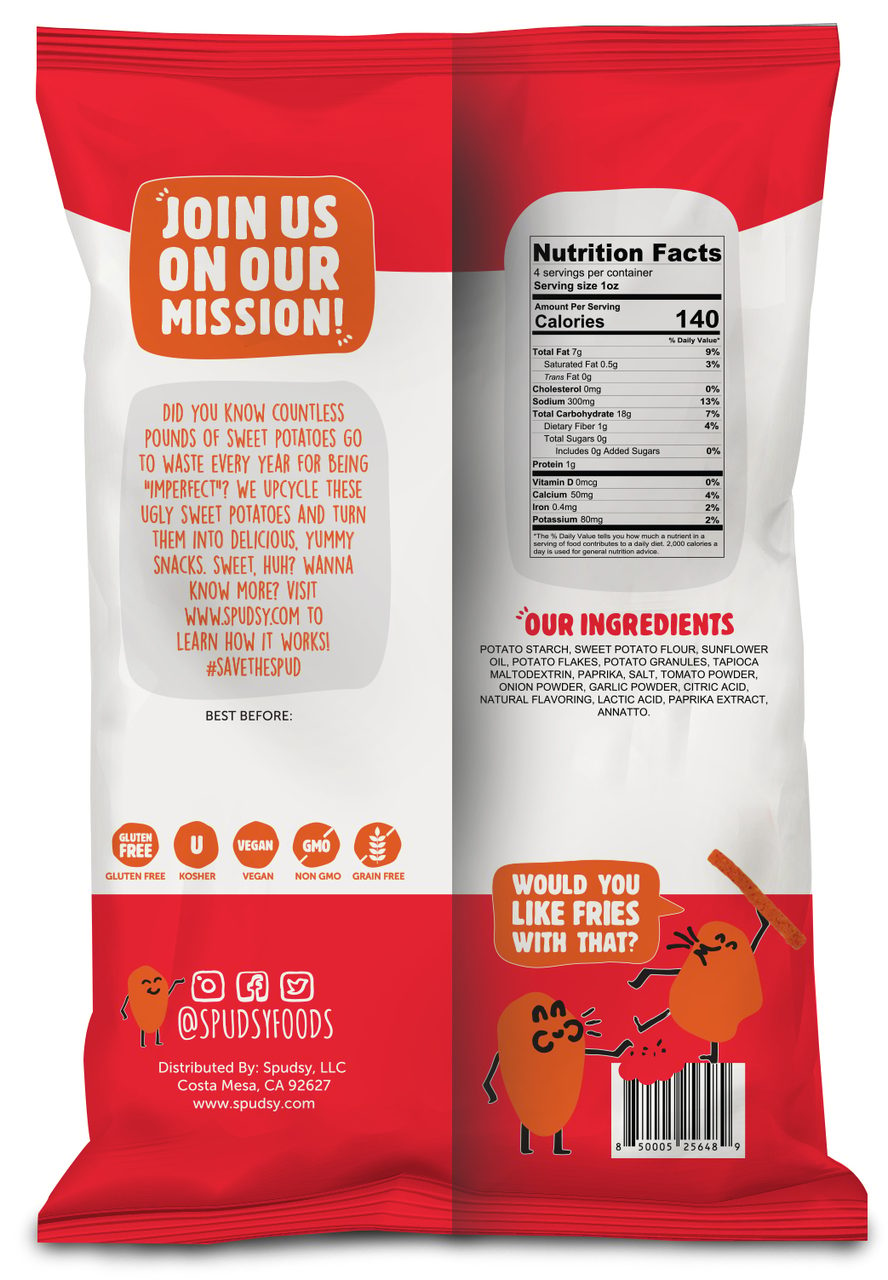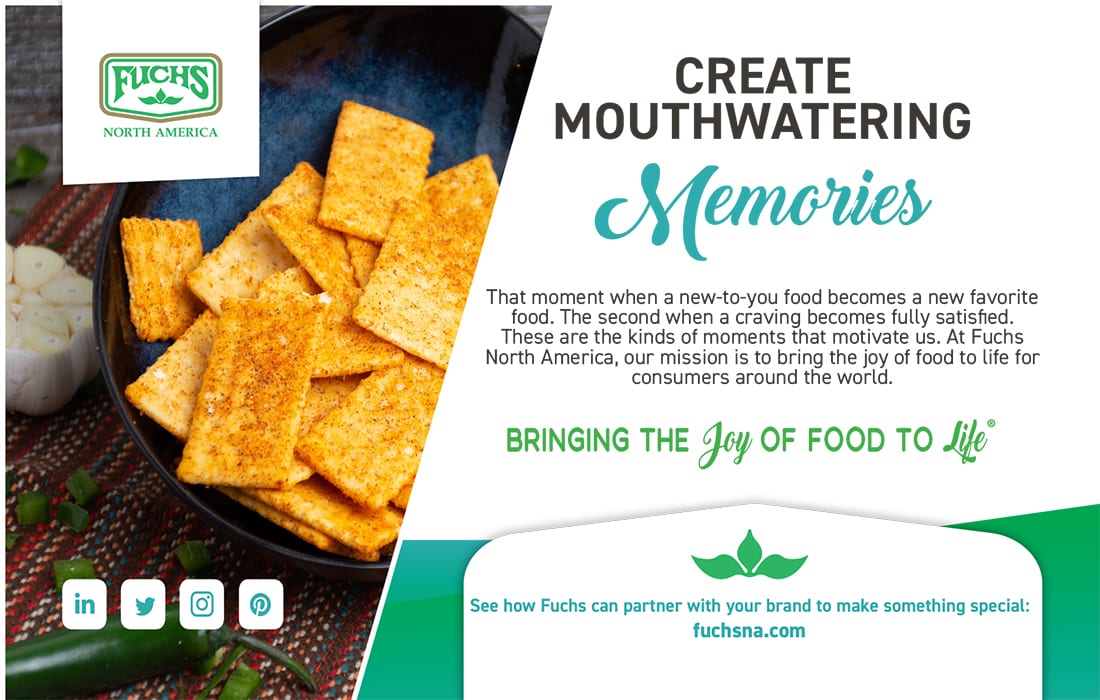Ingredient
SOCIAL
The
NEW PRODUCT
trends
Let’s face it—consumers might not recognize or use the term “sustainability” in day-to-day conversations. Even so, public concerns and expectations around this topic already are at an all-time high—and rising.
Fortunately, more food and beverage companies are stepping up to match demand and it’s evident through more on-pack language and promotional activities. More processors are prioritizing eco-efficiency involving issues of reducing plastic and food waste.
Innova Market Insights identified “The Sustain Domain” among Innova’s Top Ten Trends for 2020. Innova also included it among this year’s top trends and themed it as “Transparency Triumphs.” This recognizes the need for efficient communication of “ethical” and “green” credentials.
By LU ANN WILLIAMS, Contributing Editor
Processors embrace new packaging, ingredient practices to boost sustainability appeal.
Photo courtesy of: Getty images / Skynesher

Danone North America partnered with Full Harvest as the nation’s first dairy to utilize 100% Verified Rescued Produce. The initial offering features Meyer Lemons that are 100% verified rescued. Photo courtesy of: Danone North America
Interestingly, Innova Market Insights research shows that three in four global consumers expect companies to “invest in sustainability.” It should be noted, meanwhile, that opinions vary radically about how sustainability should be defined and even how different factors are weighed in relative importance.
The bottom line is that consumers increasingly expect companies to invest in sustainability and the topic no longer only relates to recyclable packaging. Today, the challenge is all about making the entire product lifecycle sustainable—from agricultural practices to resource-efficient factories to food waste and packaging waste reduction.
Learning more about where their foods come from was of interest to six in 10 global consumers in a 2020 Innova Consumer Survey. That survey showed that 85% of consumers agreed that product information was of major importance and wanted to know what products contained. Key concern topics included “human/animal welfare,” “supply chain transparency,” “plant-powered nutrition” and “sustainable sourcing.”

Innova’s Consumer Survey also identified actions consumers took to support the environment or social situation during COVID-19. The top three global responses involved minimizing food waste; recycling, upcycling or repurposing products; and choosing more local products and services.
Packaging’s Progress
Minimizing food and drink packaging has been a key area of interest for several years and there’s been a surge of claims related to packaging reduction. Within packaging, plastic has been the most prevalent material and it accounted for nearly half of global product new food and beverage launches during the first 10 months of 2020. In conjunction with sustainability goals, many brands now are replacing plastic with more sustainable alternatives, such as paper or compostable materials. Likewise, brands also aim to reduce overall plastic use in new or redesigned packages.
Spudsy’s Sweet Potato Fries featured upcycled, imperfect sweet potatoes. The new line has three flavor varieties: Hot, Vegan Ranch and Cheese. Photo courtesy of: Spudsy LLC

Innova Market Insights data cover global new product launches and specifically, claims related to use of less packaging and/or plastic-free packaging. Innova data show that these claims have grown at a compound annual growth rate (CAGR) of 75% during the past five years. Europe, with its relatively high share of launch activity overall, accounted for 86% of the total use of packaging reduction claims. More specifically, these claims involved companies in the United Kingdom and Germany. It was the United States that initially drove the trend but it subsequently has lost share as other nations have caught up.
Confectionery and snacks have been active areas where manufacturers have reduced packaging. Their new products—in pouch and packet formats—claim to reduce overall packaging and/or use of plastic.
This year saw Wild Zora LLC, Loveland, Colo., introduce organic, air-dried fruits including pears, mangos and apricots. Products come in re-sealable, stand-up paper pouches and officials say they incorporate less overall packaging. Another new entry involves a line of adaptogenic trail mixes from Toodaloo LLC, Austin, Texas. The firm champions regenerative agriculture and notes that its stand-up plastic pouches are “plastic neutral.”
Larger companies are quite active as well. When it relaunched its Kettle Brand Krinkle Cut chips, Campbell Soup Company used the tagline “same taste, less waste” and noted the line uses 43% less packaging. According to the company, this move helps cut Campbell’s annual greenhouse gas emissions from packaging in half and keeps more than 2 million pounds of plastic waste out of landfills.
In Tune with the Times: Canada’s Maple Leaf Foods released its 2020 sustainability report and vows to “become the most sustainable protein company on earth.”
On a broader strategic scale, major multinationals are setting packaging targets in conjunction with sustainability goals. The Kellogg’s Company says it is targeting 100% sustainable packaging by 2025. According to its website, its sustainable packaging goal is to achieve 100% reusable, recyclable or compostable packaging by the end of 2025. It is committed to following circular economy principles and excluding, reducing and replacing plastic. It also claims to be aggressively collaborating with partners to drive cutting-edge innovation that will impact how packaging protects and enhances foods with an even smaller environmental impact.
Similarly, General Mills has set 2030 as its goal for 100% of brand packaging to be recyclable or reusable. Elsewhere, Danone also says it follows a circular economy of packaging approach and now looks to make every piece of its packaging reusable, recyclable or compostable by 2025. In the meantime, officials say the company is emphasizing that new products optimize material use and eliminate waste.

After two years in development, Chobani embraced paper-based cups for its oat yogurts. It promises to explore more sustainable packaging across the portfolio with less plastics and more paper. Photo courtesy of: Chobani
Reducing Food Waste
It’s estimated that as much as one-third of the world’s food supply is wasted, led by perishable fruit and vegetables. Not surprisingly, food waste reduction reducing is another growing area of considerable interest and activity and new initiatives are targeting food waste “upcycling” as a way to reduce this loss.
Presented as “the new recycling” in Innova Market Insights’ Sustain Domain Top Trend in 2020, upcycling presents opportunities for businesses to curb food waste while incorporating foodstuffs that otherwise would be discarded. Examples include incorporating spent brewer’s grains into snack bars, dried coffee cherries into flour, and discarded or ugly fruit portions into new snacks.
Looking more closely at the US market, the Upcycled Food Association (UFA) reports that more than 43 billion pounds of food is thrown away each year by supermarkets, equivalent to 10% of all US food waste. The USDA’s Agricultural Research Service estimates the environmental cost of retail food waste equates to 30 million acres of cropland and 4.2 trillion gallons of water.
Since its founding in 2019, UFA has developed an upcycled ingredient certification program with approved logo for on-pack use. That program debuted this past February (beta test) and rolled out in June 2021 for certifications and on-pack graphics use by late summer. UFA’s goals are to increase the number of grocery stores that sell upcycled products, expand the number of grocery stores actively featuring upcycled products, and build overall consumer awareness.


Presented as "the new recycling" in Innova Market Insights' Sustain Domain Top Trend in 2020, upcycling presents opportunities for businesses to curb food waste while incorporating foodstuffs that otherwise would be discarded.
Innova Market Insights research indicates that 44% of global consumers are willing to pay extra for food or beverage products aligned with reducing food waste. During the past five years, Innova estimates that the number of products using food waste or upcycling claims grew at CAGR of nearly 60%. There were particularly strong gains during the most recent two years and snacks and beverages are categories with some of highest levels of claims.
The US market has seen several small start-ups incorporating this sustainability approach as a competitive point of difference. Spudsy Inc., Costa Mesa, Calif., introduced Spudsy’s Sweet Potato Puffs made upcycled imperfect sweet potatoes that would have gone to waste. Fiasconaro Foods, LLC, Somerville, Mass., offers Brewer’s Crackers and Baked Pita Chips each using spent grains from craft breweries.
This August brought still more new offerings from Eat Good Fish Inc., New York, N.Y., which launched a new variety (Miso Teryaki) of its Good Fish salmon skin crisps. Elsewhere, Barnana, Santa Monica, Calif., extended its snack line with Organic Plantain Chips, made from upcycled plantains.
This August also saw upcycled fruit and vegetable specialist Outcast Foods, Halifax, N.S., introduce five single-ingredient products. These apple, beet, kale, broccoli and blueberry powders are billed as all vegan, gluten and sugar free, non-gmo and organic certified. Outcast says the powders can be simple additions to anything from soups and dressings, to baked goods, to homemade dips and smoothie bowls.
Danone North America, White Plains, N.Y., tackled food waste by extending its Two Good yogurt brand with a Good Save line extension. In partnership with Full Harvest, Two Good Good Save uses “Verified Rescued Produce” to create lower sugar yogurt products with the goal of reducing food waste at the farm level. Officials say the product line “is setting the standard for the emerging rescued foods market and is the first dairy product to utilize 100% Verified Rescued Produce.” The initial offering features Meyer Lemons that are 100% verified rescued, with plans to launch additional flavors in 2021 and beyond.
Although there’s rising global interest in sustainability, it remains relatively strongly concentrated in certain parts of the world. Perhaps not surprisingly, interest is being driven by the large and highly developed market in Europe, where 43% of food and beverage launches recorded by Innova Market Insights in the first 10 months of 2020 featured sustainability claims of some kind, well ahead of Asia on 22% and North America on 14%. Three out of five global consumers already agree that they are interested in learning more about where their food comes from and how it is made. This clearly shows the extent of penetration and the likelihood—if not certainty—that it will spread still further.
As consumers increase the priority they place on sustainability when choosing products and brands, manufacturers are stepping up their efforts. They also recognize the importance of effective communication of their company and brand sustainability credentials to an increasingly aware and concerned audience who now expect to see rapid movement toward whole product lifecycle sustainability. PF
Lu Ann Williams is Global Insights Director at Innova Market Insights, provider of market research services including the Innova Database. With more than 25 years’ experience in the food industry, Lu Ann is a trend expert and frequent public speaker at events worldwide. She leads a team of analysts and works with global clients. Contact her at luann.williams@innovami.com
October 2021

